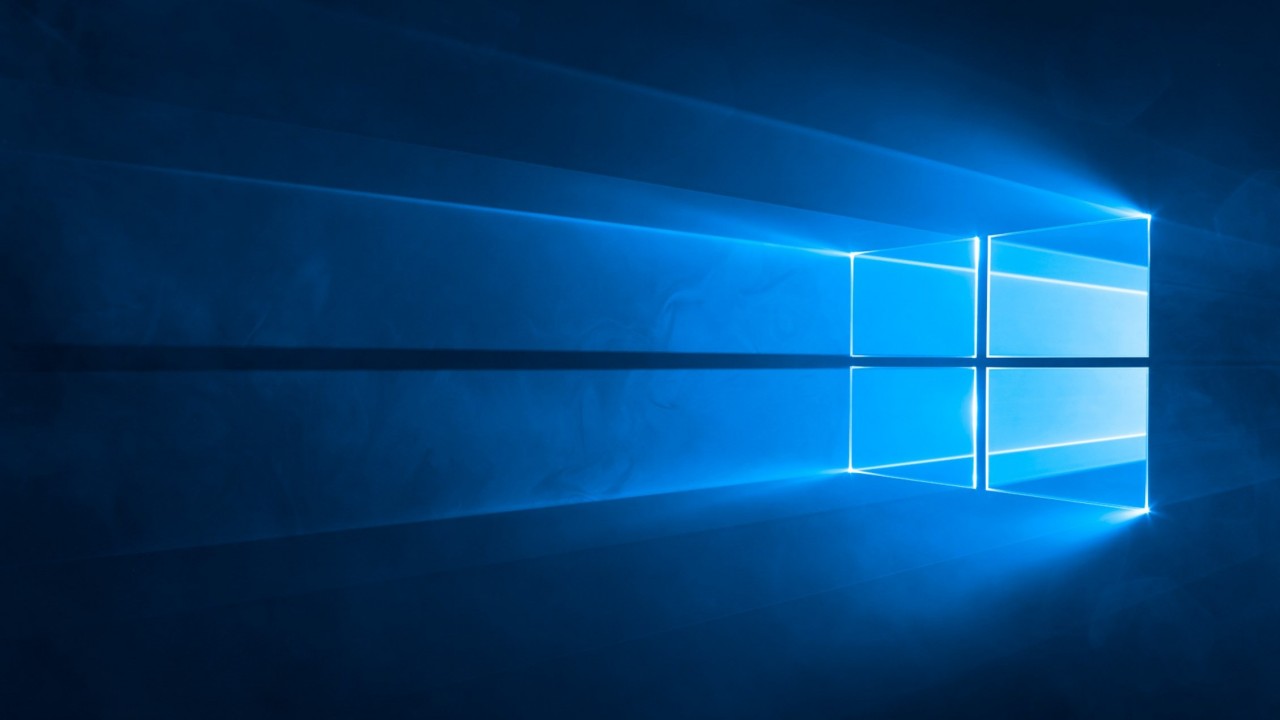Windows 10 Overhead is Slowing Enterprise Adoption
Every time a new operating system is released, there is always excitement around the new features and performance enhancements. Windows 10 is no different and with a new servicing model, you would expect that the new OS would make it easier to operate your environment but after talking with 50+ IT Pros in firms ranging in size from a few dozen employees to more than 100,000 users, there was a pattern to their concerns about moving from Windows 7 to 10.
The way Windows 7, simply put, operates today is that once a month you will receive a few patches that need to be reviewed and tested before being deployed to your environment. For IT administrators, this has been the routine for making sure that Windows is secure and the predictable delivery from Microsoft has made this process easy to integrate into the IT workflow.
Starting with Windows 10, at least once a year and possibly twice a year, IT shops will now be required to upgrade the version of Windows 10 deployed in their environment. And simply thinking that these upgrades are like the monthly patches from the Windows 7 and prior days is a big mistake as with each new version of Windows 10, full testing of application compatibility will need to be done to make sure nothing breaks post-upgrade.
You might think the full validation part seems unnecessary but Microsoft is removing and deprecating features with each release and while you would think that they would not remove critical components of the operating system with a new build of the OS, there’s a good chance they eventually may remove a required component for your devices. It’s because IT shops must validate each new release, this means that they now have to build in time at least once a year, if not twice a year, to go through this procedure which can take weeks or longer depending on the number of applications that need testing.
It’s because of this additional testing that Windows 10 adoption is slowing down and the IT Pros that I have talked to during the past few weeks mostly agree with this issue. Several stated that it is hard to pitch to management that they should invest in upgrading today as the end result is that Windows 10 increases the annual workload rather than streamlining internal operations.
While nearly all agreed that Windows 10 does have better security features, about half said that they felt secure with their current security tools and a quarter said moving from 7 to 10 would be a lateral security move with the only thing changing is the vendor providing the service; the remaining users felt their security operations were below industry standards.
Of those surveyed, about 65% said that they were testing Windows 10 with about half saying they would move to 10 within the next 18 months. The remaining users said migrating to 10 was not currently on their roadmap or that they have not begun planning for the move.
Windows 10 is a superior operating system to Windows 7 but in a world where users expect the management of the operating system to get easier, Microsoft has made it more complex. Since the launch of the OS, the company has changed the servicing model three times and while I do think that they have improved the delivery model, it also makes it feel like the company is figuring out Windows-as-a-Service as they go, rather than having a defined plan.
If Microsoft wants to speed up the adoption rate of Windows 10 with corporate users, they need to make the servicing model less complex; most of the users surveyed agreed that one update per year is ideal along with the option to skip one update. Currently, there are two updates per year and you can skip one but this means you are still upgrading at least once a year.
Some may say that using the Long Term Servicing Channel (LTSC) is the better option when upgrading as it is supported for 2+ years but Microsoft strongly advises against this for end-user scenarios.
Further, if the company would move to once-a-year update and supported each version for 24 or 36 months, this would make Windows 10 much easier to adopt as the overhead with the OS would match that of Windows 7. As it stands now, Windows 10 requires more maintenance than WIndows 7 which is putting additional strain on IT shops that are typically stretched thin.




